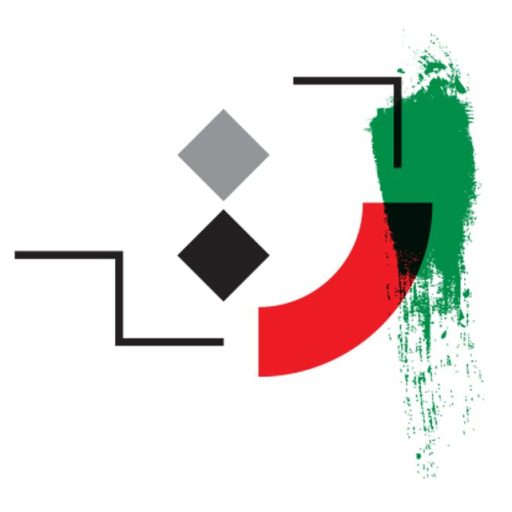Mohsen Foroughi
Mohsen Foroughi (Persian: محسن فروغی; May 14, 1907–date of death unknown), was an Iranian architect, and one of the founders in 1945 of the influential Association of Iranian Architects… more
Born in 1907, as the son of the famous political man, statesman and man of letters Moḥammad Ali Foroughi, Mohsen Foroughi is one of the pioneer of modern architecture in Iran. an influential professor of architecture at the University of Tehran, and a noted collector of Persian art. He was imprisoned in 1979 after the revolution…. more
The first Iranian to graduate from the École des Beaux-Arts in Paris was Mohsen Foroughi. A leading architect and educator who played a key role in the professionalisation of architecture in Iran, Foroughi maintained his status as a respected national and international figure in the architectural discipline from the early 1960s until the Islamic Revolution of 1979… more
ntroduction: Mohsen Foroughi was one of the first-generation Iranian modernist architects who joined Iranian architecture in the 1940s. His knowledge of architecture obtained in one of the most important French architectural schools-École des Beaux-Arts-allowed him to create valuable works by combining the spirit of Iranian architecture with modern values. His interest in education led to the establishment of the foundations of architecture teaching in Iran… more
As the son of the well-known politician and statesman Mohammad Ali Foroughi, Mohsen Foroughi was born in 1907 (1). Foroughi is an outstanding example of Iranian architects who, despite his education in the West, relying on artistic creativity and inspiration from traditional Iranian architecture has made a major contribution to the emergence of modern Iranian architecture…. more
Sasanian Clay Sealings in the Collection of Mohsen Foroughi
Frye, Richard N. Iranica Antiqua; Leiden Vol. 8, (Jan 1, 1968): 118…..more
The chapter suggests a deepening through the study of humanities in order to define, rectify, and identify the significance of architecture as a methodological base. The case study of the chapter is the monitoring of the works of the Iranian architect Mohsen Foroughi who was employed to build the main architectural scheme of the power flourished in the thirties in Persia. Accordingly, to attain the objective of the chapter, which lies in the epistemology of humanities in relation to architecture, the first step is to define a comparative platform where the works of the Iranian architect could be deciphered amidst the study of the works and opinions of his contemporary colleagues in Europe as Marcello Piacentini. The comparison has been undertaken amidst the two PHDs of the author of the chapter. The second step is to study the Parisian education of the Iranian architect and his inherited Persian culture. Finally, other similarities to Foroughi’s works alongside with the presentation of texts upon the branches of humanities related to architecture are taken into scrupulous account….. more
